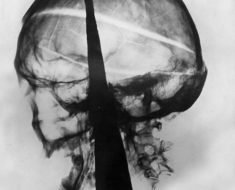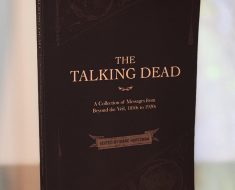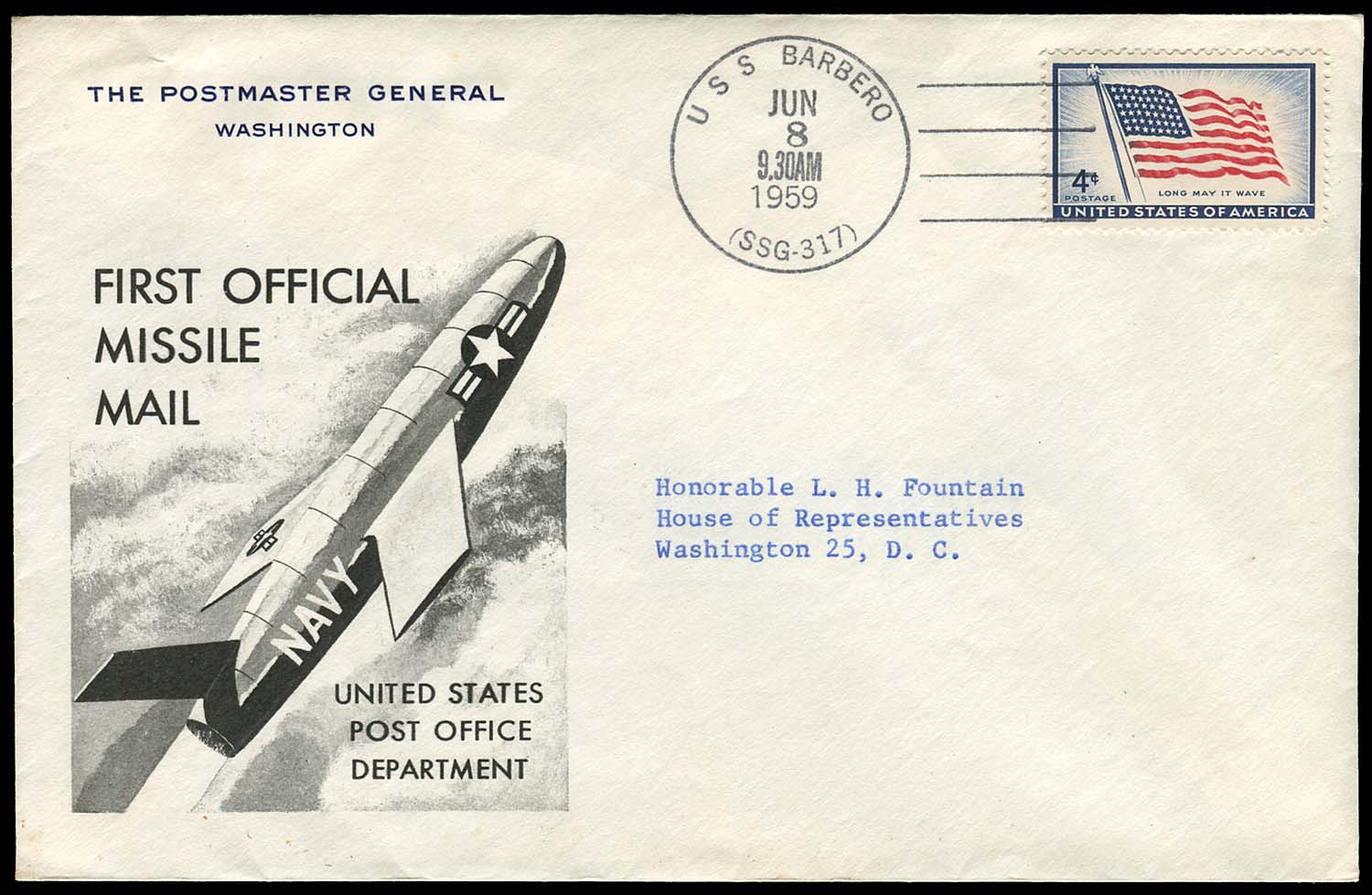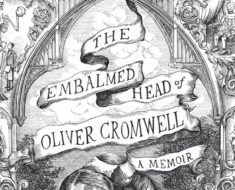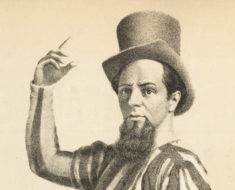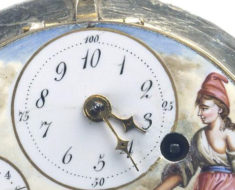Charles-Henri Sanson’s career as an executioner in Paris got off to a rocky start. The sixteen-year-old had inherited the position from his father, Jean Baptiste Sanson, who had inherited the job from his father, whose father had been the first Sanson to hold the title. And like his predecessors, it was not a job he loved. It was a duty—one he loathed.
![Charles-Henri Sanson, by E. Lampsonius (Eugène Eustache Lorsay) (1822-1871) [Public domain], via Wikimedia Commons](https://www.weirdhistorian.com/wp-content/uploads/2017/04/BalzacEpisodeTerror-By-E.-Lampsonius-Eugène-Eustache-Lorsay-1822-1871-Public-domain-via-Wikimedia-Commons.jpg)
Charles-Henri Sanson, by E. Lampsonius (Eugène Eustache Lorsay) (1822-1871) [Public domain], via Wikimedia Commons
Young Sanson carried on the family tradition of decapitating criminals with swords or axes (the former for nobility, the latter for commoners), breaking them on the wheel, and for the real lowlifes, hanging.
But while these punishments were typical, things soon changed for Charles-Henri. On January 5, 1757, Robert-Francois Damiens attempted to assassinate Louis XV with a knife. Fortunately for the king, his many layers of clothing prevented the blade from doing any damage. Still, Damiens was sentenced to death by the Parlement of Paris. But this was no run-of-the-mill death sentence. This sentence involved a lot of torture and a lot of preparation:
The court orders that [Damiens] be taken to the Greve, and, on a scaffold erected for the purpose, that his chest, arms, thighs and calves be burnt with pincers; his right hand, holding the knife with which he committed the said parricide, burnt in sulfur; that boiling oil, melted lead, and rosin and wax mixed with sulfur be poured into his wounds; and after that his body be pulled and dismembered by four horses, and the members and body be consumed in fire, and the ashes scattered to the winds. The court orders that his property be confiscated to the King’s profit; that before the said execution Damiens be subjected to the question ordinaire et extraordinaire to make him confess the names of his accomplices. Orders that the house in which he was born be demolished, and that no other building be erected on that spot. Decreed by the Parliament on March 26, 1757.
No Sanson had ever had to deal with something so extreme. And no one had been quartered in France since 1610.
This order terrified the eighteen-year-old executioner. His father was too far away to travel to for help, so he sought advice locally from his grandmother, explaining he wasn’t up to the task. Charles-Henri was ready to resign. But Grandma Sanson wouldn’t let him. Instead, she summoned her other son, Gabriel, the executioner of Reims, for help.
On March 28, two days after the decree, the two Sansons set out for the execution. The torturer, Soubise, had no luck in getting information out of Damiens before the execution. But he had managed to get himself drunk during the process and thus forgot to buy the wax, lead, oil and sulfur needed to carry out the sentence. Assistants were sent to get it instead, and then they proceeded to dish out justice. Unfortunately, the quartering didn’t work the way it was supposed to. After three attempts, the horses couldn’t separate the limbs from his body. So rather than torture the horses any further, the Sansons had to get an axe to finish the job themselves.
A few years later, Charles-Henri botched another job. Count de Lally-Tollendal had been sentenced to death on a frivolous charge of having betrayed the king’s interests in the east. Normally this would’ve been another day at the office for Sanson, but in this case, the count happened to be an old acquaintance of his father’s.
The elder Sanson had met him thirty-five years earlier when the count was walking through the rainy streets of Paris with friends and asked to join the revelry going on at one of the houses. When the count learned whose party it was, he was fascinated. He asked Jean Baptiste if he could examine his various tools of the trade. Sanson obliged. The count’s curiosity was piqued even more when he learned that the head could be severed in a single blow. He asked, jokingly, if, should they ever meet upon the executioner’s platform, that he would promise to ensure a swift end. Sanson made the promise.
When de Lally-Tollendal’s joke later became a reality, Jean Baptiste came out of retirement to accompany his son at the execution. He explained to the count that he wished to keep his promise, but he could no longer handle the double-edged sword effectively. He would, however, see to it that his son lived up to the promise. When the moment arrived, de Lally-Tollendal was courageous upon the platform, but was still nervous and had trouble staying perfectly still under the stroke of Sanson’s blade.
Katherine Roche described the scene in an article called “Hereditary Hangmen” from the January 1881 edition of The Irish Monthly:
Between his nervousness and that of the younger Sanson, the blow prostrated with killing him. He sprang up, looking reproachfully at Jean Baptiste Sanson, who, recovering for the moment all his former strength, snatched the sword from the hand of his son, and, with one skilful stroke, completed the fatal work.
Such mishaps became a thing of the past with the introduction of the guillotine. Sanson not only helped design it, but it was his words that helped the new machine get approved by the National Assembly. In 1791, Dr. Joseph-Ignace Guillotin had proposed a uniform method of execution: decapitation. Sanson had his concerns, as Roche explained:
He pointed out that decapitation was a punishment suited only to those of high birth, since it required courage on the part of the patient (as Sanson, with etymological correctness, calls his victim), as well as skill on the part of the executioner. This courage could not, he said, be looked for among thieves and murderers; and, moreover, if a number of executions were to take place at the same time, the headsman’s hand would lose its steadiness and the sight and smell of blood be worse to the victims than death itself. If the uniform punishment of decapitation were to be established, he urged the necessity of the adoption of some mechanical means of executing it.
Dr. Guillotin worked with the king’s physician, Sanson, and a German engineer on the device. Louis XVI even chimed in on the design by suggesting the angled blade.
![The death of Louis Capet on the Place de la Revolution, January 21, 1793. By Graveur; Isidore-Stanislas Helman (1743-1806?). Graveur (eau-forte); Antoine-Jean Duclos (1742-1795). Illustrateur; Charles Monnet (1732-180.?). [Public domain], via Wikimedia Commons](https://www.weirdhistorian.com/wp-content/uploads/2017/04/By-Graveur-Isidore-Stanislas-Helman-1743-1806.-Graveur-eau-forte-Antoine-Jean-Duclos-1742-1795.-Illustrateur-Charles-Monnet-1732-180..-Public-domain-via-Wikimedia-Commons.jpg)
The death of Louis Capet on the Place de la Revolution, January 21, 1793. By Graveur; Isidore-Stanislas Helman (1743-1806?). Graveur (eau-forte); Antoine-Jean Duclos (1742-1795). Illustrateur; Charles Monnet (1732-180.?). [Public domain], via Wikimedia Commons
I die innocent of all claims laid to my charge; I pardon those who have occasioned my death; and I pray to God that the blood you are going to shed may never be visited on France.
Despite the horrors of execution, many, like the Louis XVI, showed bravery in its face. They often accepted their fate, even as they approached Sanson and his death machine. The book Paris in 1789-1794: Farewell Letters of Victims of the Guillotine, by John Goldworth Alger, offers further evidence of fearlessness. Here’s just one example from a 44-year-old ex-general and farmer named Louis Nicholas Paillot, convicted on February 2, 1794, of a royalist conspiracy:
To Citoyenne Merlin,
All is over, my beloved. The sacrifice of my life is no great thing, but I am anxious to justify my memory. Busy thyself, therefore, with the revision of the judgment against me … Embrace my sister. Remember me to her husband, my family, thine, and our friends, indeed to all interested in me. Do not be uneasy at my fate. I shall die a free man. Receive the last adieux of thy best friend.
Madame du Barry, a one-time mistress of Louis XV, and former acquaintance of Charles-Henri, was an exception. According to Roche, “Her cowardice was extreme, her shrieks and struggles ending only with the fall of the knife; and Sanson records in his diary his opinion, that if the majority of the victims showed as much fear, executions would be fewer; the populace, he thinks, would not endure them.”
Sanson’s diary states that he executed 2,548 people between July 14, 1789 and Oct. 1, 1796. Of these, 370 were women, twenty-two were under 18, and nine were over 80.
Over his forty-year reign as executioner, nearly 3,000 people suffered their fate at his hand. His son Henri, and grandson, Henri-Clément, carried on the family business, becoming the last generations of unfortunate Sanson executioners.
The family’s reign of terror ended in 1847 after Henri-Clément found himself in debt and pawned the guillotine. As luck would have it, the government needed a beheading done shortly after and Sanson didn’t have it. The government bought it back from the pawn shop and fired Henri-Clément. The punishment, surely to his relief, did not include his former tool.

